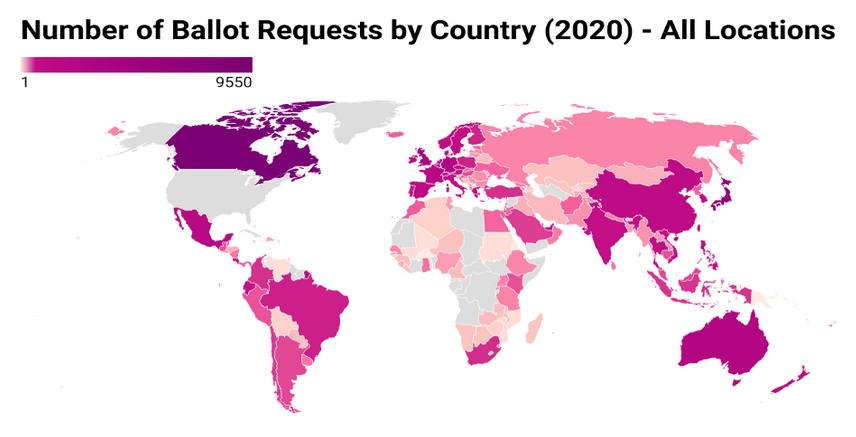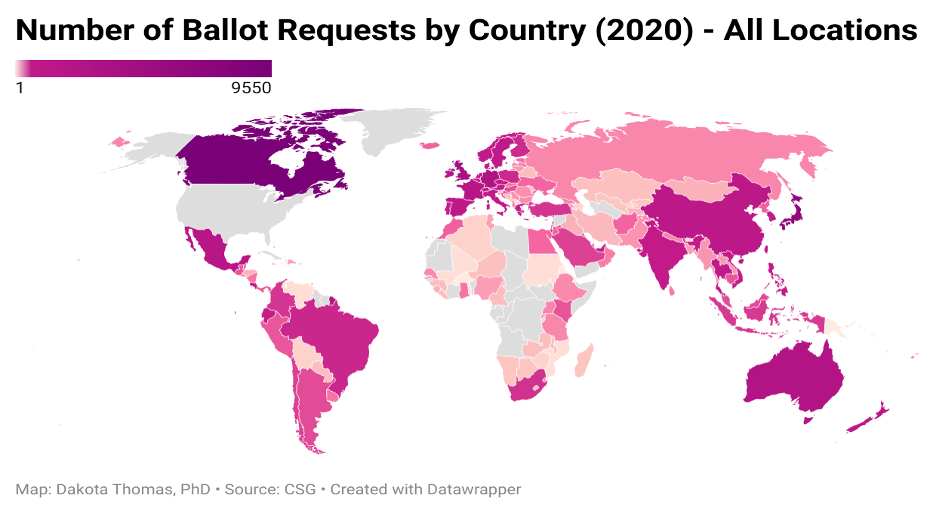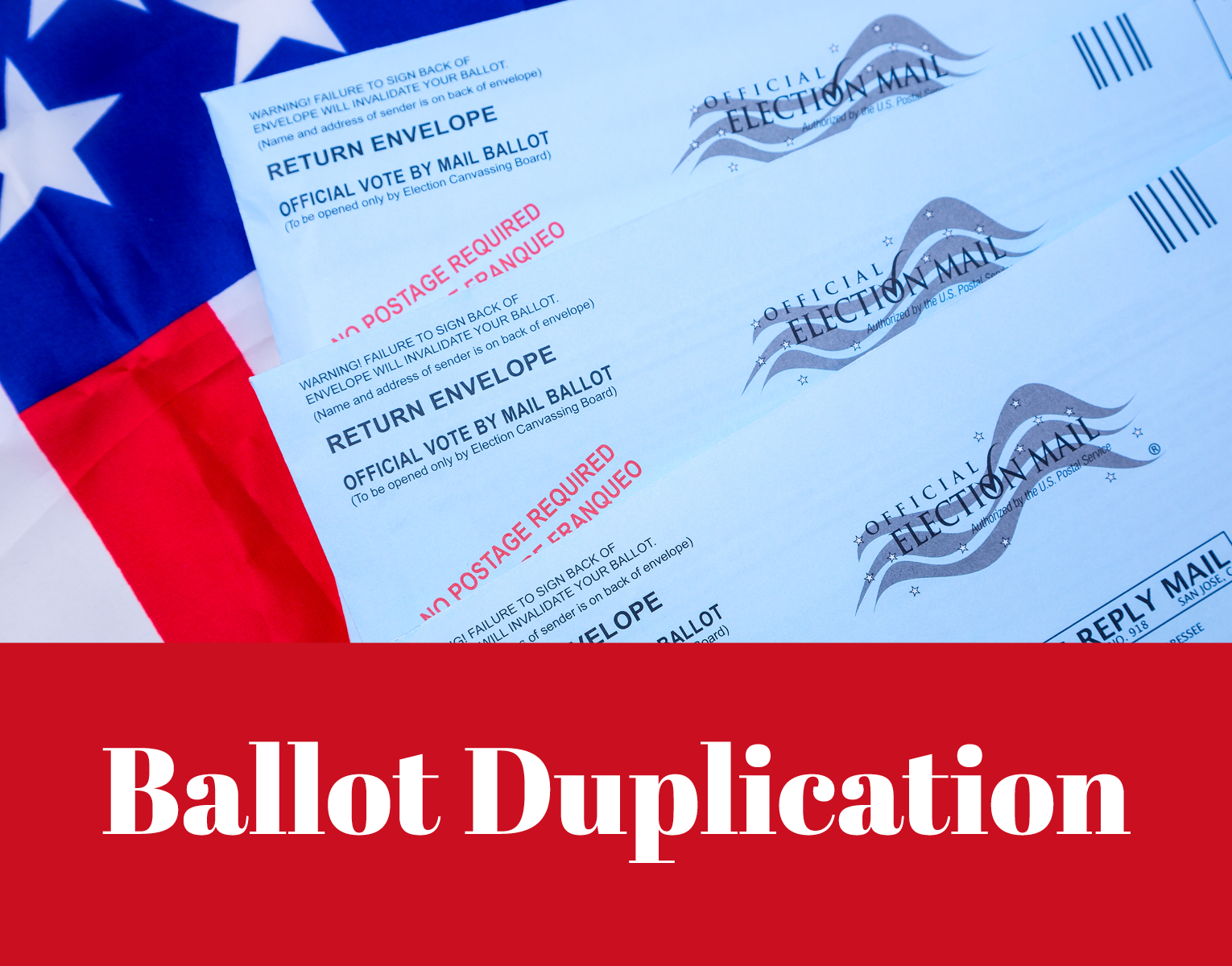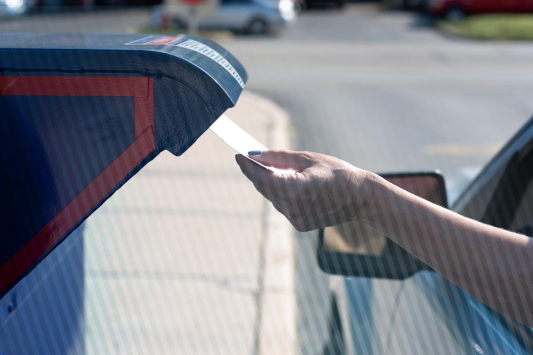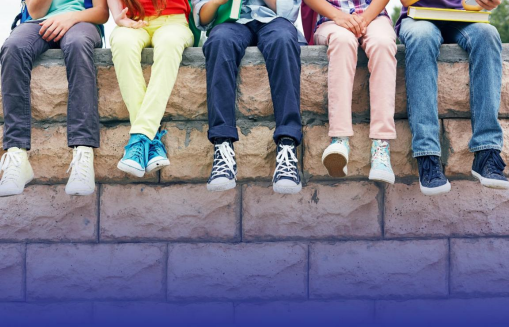By Matthew George
Human trafficking is a prominent issue in all 50 states. The COVID-19 pandemic coincided with an increase in trafficking victims, escalating from 11,500 situations in 2019 to 16,658 the following year.[i] Many states have proposed legislation to increase criminal penalties for traffickers and protections and civil remedies for those victimized by trafficking. Some states have taken steps to increase funding provided to survivors, increase public awareness and coordinate efforts across state agencies, including transit agencies.
During state legislative sessions in 2021-22, 944 bills were introduced across the U.S. In New York, 55 bills were introduced with 25 enacted. One of those bills, Assembly Bill 3331, requires law enforcement and district attorney offices to advise human trafficking victims of the availability of social and legal services[ii]. Agencies will offer voluntary services, providing an opportunity to connect victims with program providers. This program amends a bill enacted in 2020 enabling the Survivors of Trafficking Attaining Relief Together (START) Act, providing greater protection for survivors of human trafficking, including clearing records of past convictions resulting from exploitation.[iii] NYN Media reports over 100 organizations in support of the bill, additionally reporting that “race, poverty, gender identity, sexual orientation, and immigration status” contribute to those criminalized by traffickers. Additionally, criminal records worsen barriers to “housing, education, employment, childcare, and healthcare.” [iv] In a statement from state Senate sponsor Jessica Ramos, she says the bill will increase the “visibility around the structural challenges experienced by trans and gender-nonconforming New Yorkers” and the START Act gives “survivors of trafficking a fresh start,” prompting new opportunities for employment, access to legal remedies and “break cycles of trauma for thousands of survivors” across the state.
In addition, New York policymakers recently introduced two bills designed to improve recognition technology and criminal rights for those engaging in human trafficking. Senate Bill 736 would require all employees of private transportation services to undergo a standardized human-trafficking recognition program established by the Division of Criminal Justice Services and the Office of Temporary and Disability Assistance. Both departments work in consultation with the Department of Transportation and the New York State Interagency Task Force on Human Trafficking.[v] The bill is sponsored by Alessandra Biaggi and has bipartisan support in the Assembly and Senate. It was referred to the Social Services Committee January 5, 2022.
Senate Bill 6821 “Directs the commissioner of the Department of Motor Vehicles (DMV) to establish a sex trafficking awareness and prevention program to provide education and awareness literature and educational materials to all drivers with a commercial motor vehicle license.”[vi] The bill was assigned to the Transportation Committee January 5, 2022.
Senator Persaud, who is Chair of the Senate Social Services Committee of New York State, says “The State of New York continues to have a significantly high number of human trafficking cases reported. S.6821 was drafted to reflect the critical role of New York’s motor vehicle and transport regulators, and the broader transport sector, in combatting trafficking.” New York is an example of how states are attempting to address human trafficking.
[i] Polaris. (2022, January 11). Myths, facts, and Statistics. Polaris Project., from https://polarisproject.org/myths-facts-and-statistics/
[ii] NY State Assembly Bill 3331. (2022, January 22). NY State Assembly. Retrieved from https://www.nysenate.gov/legislation/bills/2021/A3331
[iii]Willbanks, D. (2021, November 22). New York State becomes a national leader in providing survivors of trafficking real justice. Citizen Action of New York. Retrieved from https://citizenactionny.org/2021/11/16/new-york-state-becomes-a-national-leader-in-providing-survivors-of-trafficking-real-justice/
[iv] Ortega, R. R. (2021, November 18). New law allows human trafficking survivors to clear their records. NYN Media. Retrieved, from https://nynmedia.com/content/new-law-allows-human-trafficking-survivors-clear-their-records
[v] NY State Senate Bill 736. (2022, January 6). NY State Senate. Retrieved from https://www.nysenate.gov/legislation/bills/2021/S736
[vi] NY State Senate Bill 6821. (2022, January 6). NY State Senate. Retrieved from https://www.nysenate.gov/legislation/bills/2021/S6821



